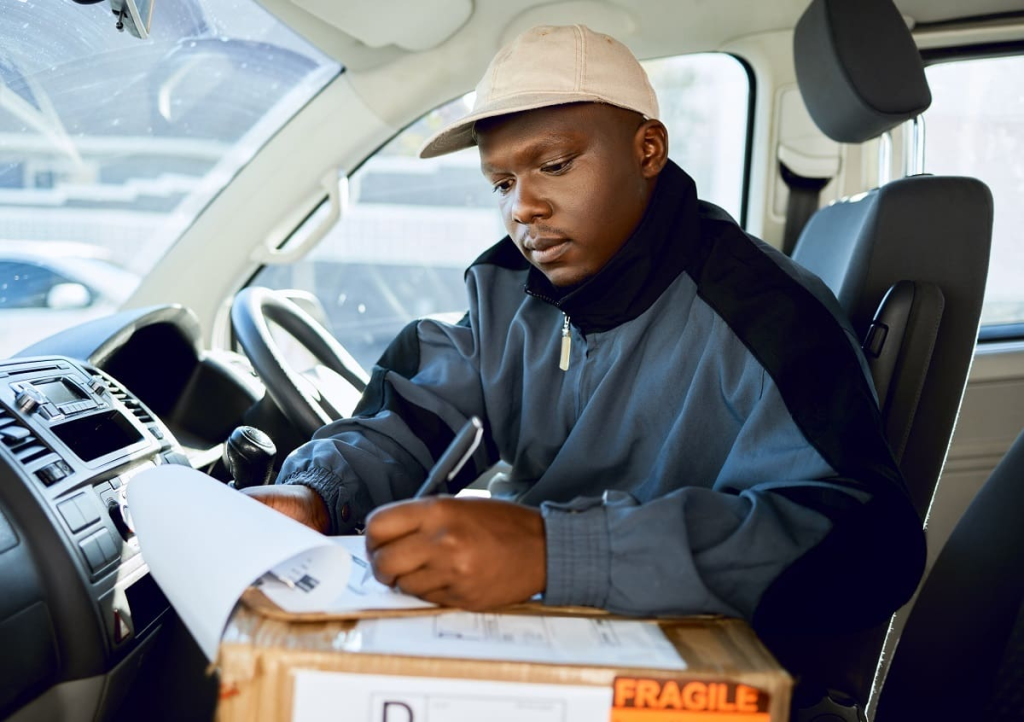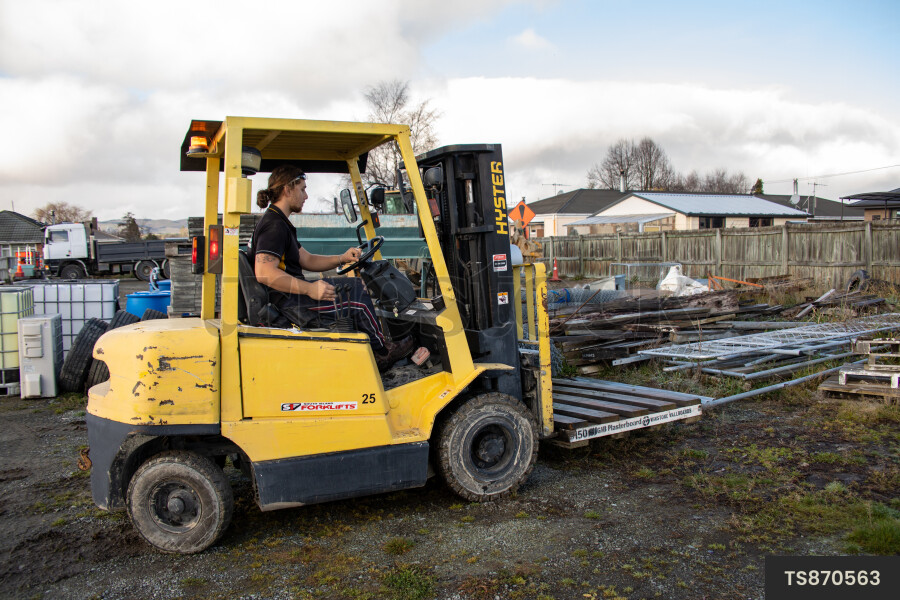In the age of e-commerce and on-demand convenience, delivery drivers have become the heartbeat of the American economy. Every day, millions of packages, groceries, and meals reach homes and businesses — thanks to the dedication and reliability of delivery professionals. Yet, many people still overlook driving as a serious career path.
Behind every on-time delivery is a skilled driver managing schedules, navigating routes, and ensuring customer satisfaction. Whether you’re looking for a stable income, flexible hours, or a path to long-term growth, the delivery industry offers more opportunities today than ever before.

Why Delivery Driving Matters More Than Ever
From Amazon Prime packages to food delivery apps like DoorDash and Uber Eats, the delivery industry in the U.S. is booming. According to the Bureau of Labor Statistics, there are over 1.5 million delivery drivers nationwide, and the demand keeps rising with online shopping and last-mile logistics expansion.
During and after the pandemic, the profession evolved dramatically — it’s now seen as a crucial service job with growing respect, better wages, and flexible options for full-time and part-time workers alike.
Delivery drivers are not just drivers — they are the final link in the supply chain, ensuring that every product ordered online reaches customers safely and efficiently.
What Does a Delivery Driver Do?
Delivery drivers transport goods, parcels, or food from distribution centers, stores, or restaurants to customers. Common roles include:
- Local Delivery Drivers: Work for courier companies, furniture stores, or florists handling short-distance deliveries.
- Package Delivery Drivers: Employed by major carriers like FedEx, UPS, or Amazon Logistics.
- Food Delivery Drivers: Work through app-based services (Uber Eats, DoorDash, Grubhub).
- Freight or Route Drivers: Drive larger trucks or vans for wholesale or regional deliveries.
Each type requires different levels of skill, licensing, and vehicle handling — but all rely on punctuality, attention to detail, and safe driving habits.
How to Start: Getting Into the Delivery Industry
One of the advantages of becoming a delivery driver is that the entry barrier is low — you don’t need an expensive degree or years of experience. Here’s how to start:
- Meet the Basic Requirements:
- A valid U.S. driver’s license (some companies may require a clean driving record).
- Minimum age of 18–21 (depending on state and employer).
- Ability to lift packages (typically up to 50 lbs).
- Choose Your Delivery Niche:
Decide whether you want to work for a large logistics company (like FedEx, UPS, or Amazon), a restaurant platform, or operate as an independent contractor. - Obtain the Right Vehicle and Equipment:
For independent drivers, a reliable car, van, or box truck is essential. Larger delivery roles may require a Commercial Driver’s License (CDL). - Learn the Tools of the Trade:
Familiarize yourself with navigation apps (Google Maps, Waze), delivery management software, and customer service basics.
Career Development: From Driver to Dispatcher — or Business Owner
Like carpentry or other skilled trades, delivery driving offers a clear career path for those who want to grow. Here’s how the profession typically progresses:
- Entry-Level Driver (Beginner Stage):
- Works as a courier, food delivery driver, or route helper.
- Focuses on time management, customer service, and route efficiency.
- Average pay: $17–$22 per hour depending on region and company.
- Experienced Driver (Professional Stage):
- Manages longer routes, handles specialized deliveries (medical, freight).
- May train new drivers or lead small teams.
- Earns between $50,000–$70,000 per year with benefits.
- Logistics Coordinator or Dispatcher (Advanced Stage):
- Oversees scheduling, assigns routes, and manages delivery operations.
- Develops leadership and organizational skills.
- Owner-Operator or Fleet Manager (Expert Level):
- Runs their own small delivery business, contracting with companies or managing multiple drivers.
- Potential income: $100,000+ per year depending on scale and contracts.
Just like a carpenter mastering the craft over time, delivery professionals build experience step by step — each stage adding new skills, independence, and income potential.
Skills That Set You Apart
To succeed in this career, a delivery driver needs more than just good driving habits. Employers look for:
- Reliability: Deliveries depend on consistency and punctuality.
- Customer Service: Politeness and professionalism leave lasting impressions.
- Route Efficiency: Knowing shortcuts, traffic patterns, and smart scheduling.
- Time Management: Balancing multiple deliveries and deadlines.
- Safety Awareness: Following traffic laws and maintaining vehicle condition.
Strong organization and communication skills can quickly elevate you from an average driver to a top performer — or even a team leader.
Earnings and Job Outlook
Pay varies by company, location, and delivery type. According to U.S. data:
- Food Delivery Drivers: $15–$25/hour with tips.
- Parcel Delivery (Amazon, UPS, FedEx): $20–$35/hour, often with benefits.
- Long-Haul or Freight Drivers: $60,000–$90,000 annually.
Major metropolitan areas like New York, Los Angeles, and Chicago often offer higher wages due to demand and living costs.
The rise of e-commerce, same-day delivery, and grocery delivery services means the career outlook remains strong. Many companies now offer tuition reimbursement, healthcare, and retirement plans for full-time drivers.
How to Choose the Right Delivery Job
When deciding which company or platform to work with, consider:
- Work-life balance: Do you prefer flexible app-based driving or full-time schedules?
- Pay structure: Hourly, per delivery, or per mile?
- Vehicle requirements: Personal car vs. company vehicle.
- Benefits: Health insurance, paid time off, or retirement savings.
- Safety and support: Some companies provide training, GPS tracking, and 24-hour assistance.
Starting small — with part-time or app-based work — can help you gain experience before moving into more structured logistics roles.

Final Thoughts: Turning the Wheel Toward a Stable Future
Delivery driving isn’t just about transporting packages — it’s about keeping communities connected and businesses running. With strong demand, low entry barriers, and multiple paths for advancement, it offers Americans of all backgrounds a chance to build a steady, flexible, and rewarding career.
Like any skilled trade, success comes from experience, responsibility, and commitment. Whether you’re behind the wheel for your first route or managing your own fleet, every mile you drive brings you closer to financial stability and independence.
So if you’re looking for a profession that values reliability, rewards hard work, and offers room to grow — it might be time to get in the driver’s seat of your future.



